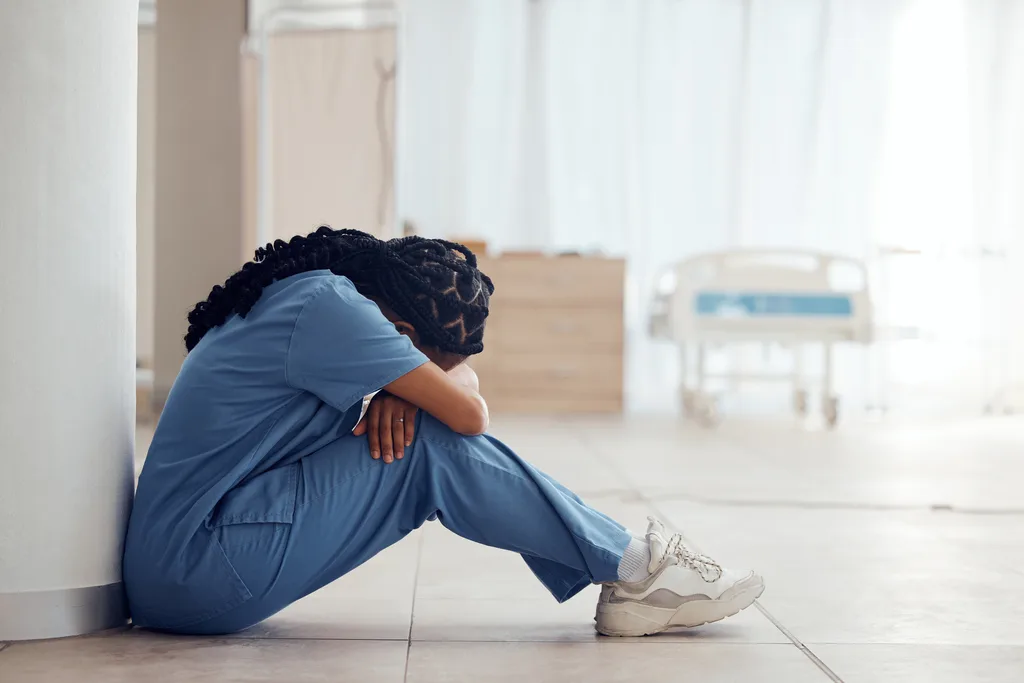Your questions answered – October 24
Each issue, British Safety Council uses this page to answer YOUR questions. Please send any problems, issues or general enquiries about health, safety and wellbeing to [email protected] and their experts will respond in future issues.

Q: A building near to my chemicals company HQ has recently been closed for investigation into RAAC. Is there any danger to us of knock-on consequences?
The specialists carrying out the work will be fully versed in carrying out a full site investigation, risks, public safety and so on. But there is no harm in adjusting your own risk assessments to ensure that your COSHH credentials are up-to-date. Consider potentially harmful substances produced by your – and your neighbour’s – processes, such as cutting or grinding, or to which your workers may have been exposed. Examples include processes emitting dust, fume, vapour, mist or gas. Focus on what you're already doing to control the risks and what further action you need to take.
As always, risk assessments should be done early and comprehensively, and full training and appropriate PPE should be introduced where necessary.
Q: I hear my colleagues complaining about exhaustion and burnout. How can we get our employers to listen?
Some people talk about surviving or thriving at work: thriving employees are engaged, productive, and experience personal and professional growth in a supportive environment.
Gallup’s State of the Global Workplace: 2024 Report shows that organisations with more engaged employees improve many organisational outcomes – lower absenteeism, employee turnover, shrinkage and number of safety incidents, and higher productivity, profitability and customer loyalty.
Your employers need to identify signs and symptoms of merely surviving and address them sensitively, to help you and your colleagues to thrive. Burnout, reduced productivity, reduced participation, lack of engagement, insomnia, social withdrawal should be identified and recognised.
There is no one-size-fits-all solution to mental health and wellbeing in the workplace, but we can use health and wellbeing strategies and interventions. Not all interventions will work in all cases and for all employees, but your employers should consider: reward and recognition, open communication, promoting a work-life balance, creating a positive culture, and including employees in the decision-making process – giving them autonomy over their work, and involving them in the development of wellbeing strategies.
Q: I work for a construction firm and saw recently that fatalities at work are rising in our industry. I’m not responsible for health and safety in my company but what can I do to help?
Although, ultimately, your leadership are responsible you have a moral and legal obligation to do all you can to maintain good standards in the workplace. Under the Health and Safety at Work Act (1974) employees are responsible for abiding by health and safety practices and assisting their employers in pursuance of good health and safety. Everyone can contribute by helping create the right company culture.
Construction is high-risk and complex, but workplace incidents are often caused by the absence, or lack, of adherence to basic controls, especially when looking to prevent staff falling from height or being struck by a vehicle.
As an employee working in a high-risk environment you can be an agent for change. Often the culture of a site with an ever-changing workforce doing a range of tasks can vary hugely. Consistency of standards when some workers may be on site for short periods of time can dilute expected standards, making it difficult for those responsible for the site to constantly challenge poor behaviours, or most often workers who feel they can cut corners. Those workers familiar with the expectations should constructively challenge these behaviours to improve standards and avoid the risk of workers being injured.
It shouldn’t take a fatality investigation to highlight how basic things could have stopped the event happening. None of it is massively complicated and simple steps can be the difference between life and death. Although company leaders ultimately carry the can, try to work with them, as everybody has a part to play.
Don’t forget to submit YOUR questions to [email protected]
HSM publishes a weekly eNewsletter, delivering a carefully chosen selection of the latest stories straight to your inbox.
Subscribe here



